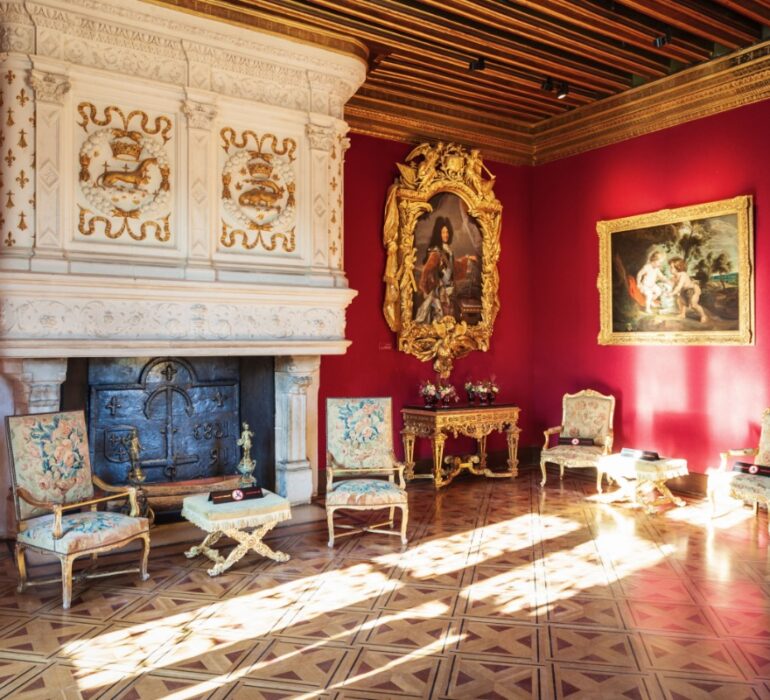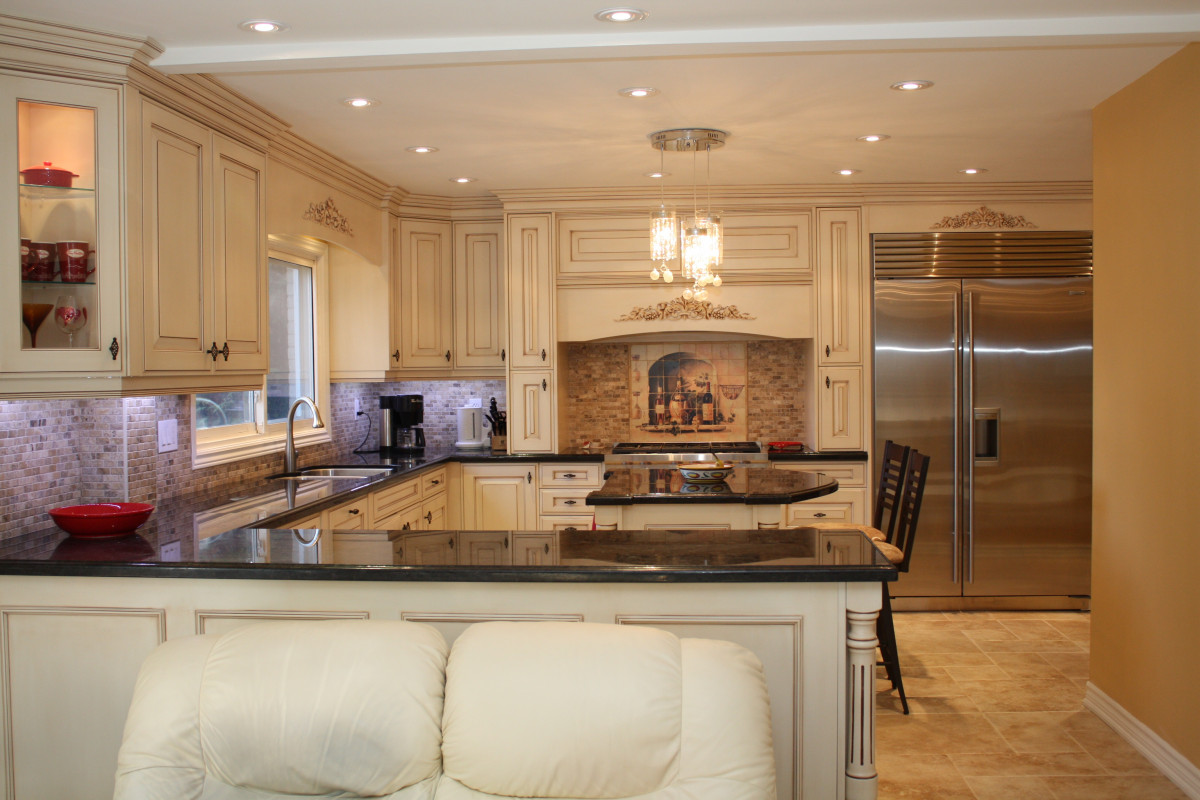Table of Contents
Work Has Changed—So Should the Office

The way we work has changed forever. After the rise of remote work, many companies in Dubai, Riyadh, and around the world have adopted a hybrid model—a mix of in-office and work-from-home days.
But here’s the catch: most offices were never designed for hybrid work.
Now, businesses are facing real problems:
- Employees feel disconnected when they come in.
- Office space goes unused on some days and overcrowded on others.
- There’s not enough privacy for Zoom calls—or enough comfort to focus.
That’s why modern office interiors are no longer just about desks and chairs. They’re about creating a space that adapts to the way people work today.
What Is a Hybrid Office, Really?

A hybrid office supports employees who work both remotely and in-person. It should help people:
- Focus when needed
- Collaborate with ease
- Relax and recharge during breaks
- Feel connected, no matter where they are working from
Modern office design now needs to balance function, flexibility, and employee well-being.
Top Office Design Features for a Hybrid World

1. Flexible Workstations
Gone are the days of fixed desks for everyone. Hybrid teams need hot-desking—a system where employees can choose where to sit based on their task that day.
What it solves: Reduces unused space and supports different working styles.
Bonus Tip: Add lockers or mobile drawers so employees can store personal items.
2. Quiet Zones for Deep Work
Hybrid workers often come to the office when they need focus time. But many open offices are too noisy.
Solution: Design soundproof pods, quiet corners, or acoustic booths for deep work or Zoom calls.
Use French and European design touches—like fabric wall panels, soft lighting, and light wood—to keep the space both stylish and calming.
3. Collaboration Areas
While some need quiet, others come to the office to brainstorm and connect. Create flexible meeting areas with:
- Movable tables
- Whiteboards or smart screens
- Comfortable seating
What it solves: Encourages team bonding and innovation.
Design it like a Parisian café—simple chairs, natural light, and a touch of greenery.
4. Tech-Integrated Meeting Rooms
In a hybrid world, half the team might be on video call. Traditional meeting rooms don’t support this well.
Solution: Install wide-angle cameras, smart screens, and good microphones.
Keep wires hidden and furniture minimal—just like modern Scandinavian design. Let tech blend into the space, not distract from it.
5. Wellness Spaces
Hybrid workers expect more from the office. They want a space that supports their health, not just their tasks.
Solution: Add wellness zones:
- Small lounge for breaks
- Calm room for meditation or prayer
- Natural plants and soft seating
European influence: Use linen fabrics, soft curved furniture, and neutral tones to create a relaxing vibe.
6. Branded Yet Human Interiors
Today’s office should reflect your company culture while still feeling welcoming and human.
Solution: Blend brand colors into furniture, art, and lighting. Avoid over-branding.
Use European design tricks—artful minimalism, timeless textures, and layered lighting—to make the space feel warm, not corporate.
Design with People in Mind
The workplace is no longer just a place to work. It’s a place to connect, focus, recharge, and collaborate. The right office design can solve real pain points—disconnection, distraction, burnout—and help your hybrid team do their best work.
In the hybrid era, design isn’t extra.
✨ It’s essential.
Whether you’re renovating a small office in Downtown Dubai or building a flexible space in Riyadh, keep your people at the center—and your design smart, human, and future-ready.
Need Help Designing a Hybrid-Friendly Office?
At SHTS Interiors, we help you redesign your office for the way your team actually works—using modern layouts and European design aesthetics that are both functional and inspiring.



